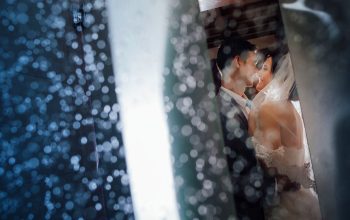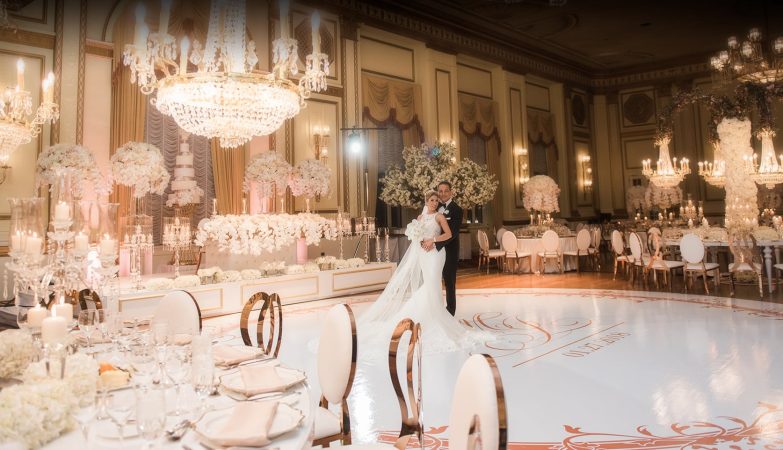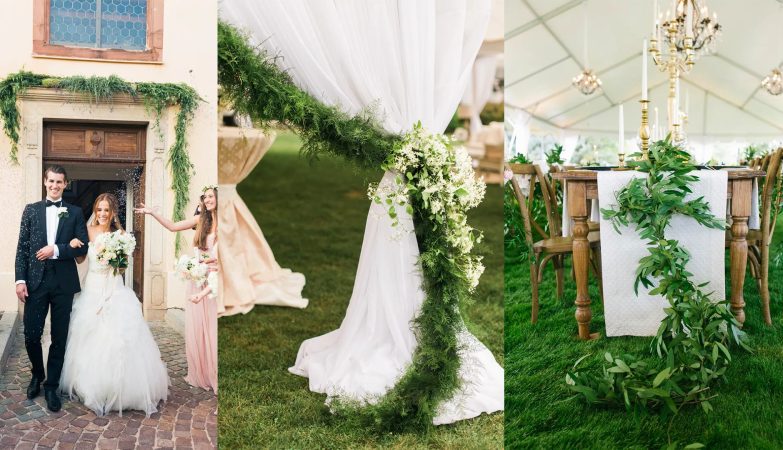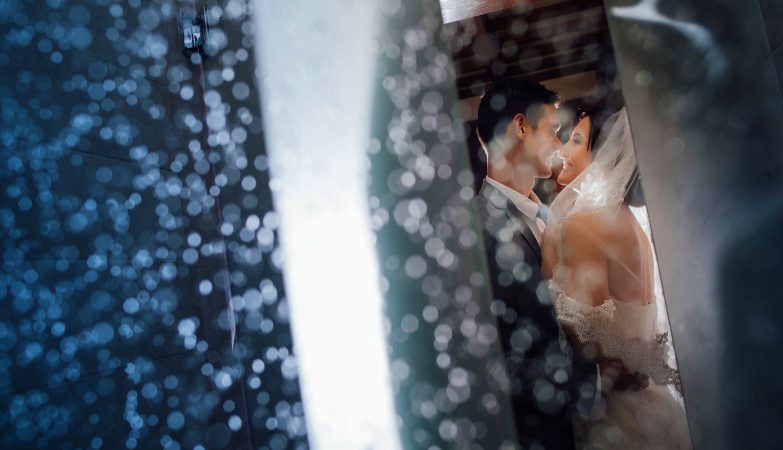
Commercial photography is a popular word these days. But it’s not all about large teams creating images in a studio for big ad campaigns. This article will help you understand what commercial photography is and how to get started.
WHAT IS COMMERCIAL PHOTOGRAPHY?
Commercial photography actually includes a wide range of photography niches. It’s the creation of high-quality photos for commercial purposes. Sound simple? Let’s break down the common types of commercial photography. And the commercial photography tips you need to know to make the most of them.
COMMON TYPES OF COMMERCIAL PHOTOGRAPHY SHOOTS
Fashion Photography
This is what most people think of when you say “commercial photography”. This type of photography can be in a studio or outdoors. And it can involve paid models who are modeling a product or experience to be sold. For fashion photographers, each shoot is unique. But knowing how to pose people and give direction is a huge skill that will come in handy for this type of work.
Product Photography
This is another large category. You can do it in a studio or outdoors. Most often, though, photographers shoot in a studio space so they can have a solid backdrop for online use. Doing this type of work will require that you get familiar with working in a studio. This means controlling studio lights to get the desired effects on your products.
Food Photography
Yes, this category of commercial photography may bring up images of people snapping photos of their meals to later post on Instagram. But it can be a great niche to do as a professional! It’s a product shoot but you’ll want to work with a food stylist to get the food looking its best for the camera.
This type of work also involves editorial restaurant shots. This means being quick to set up your equipment in a restaurant during a set time frame. And at the same time creating lighting that makes the food look enticing yet natural.
Environmental Portraits
This means taking photos of people in their work environment. For example, you may go to a plant nursery and take photos of some of the employees tending to the plants. You’re showing how the nursery maintains a high level of care for their products. You’ll be working on-the-go most of the time. And you may need special permission for some sites.
Headshots
The most common type of commercial photography out there is a headshot. The photos will promote a person’s products or services. Headshot sessions are quick and fun. But they require creating a connection with your subject and giving them direction on posing in a limited time frame.
Commercial Architectural Photography
This category involves photographing a space for commercial purposes. Whether it’s to showcase the architect’s design or to show the appeal of a retail store. As with food photography, you’re often working with tight time frames. And you’re shooting around the flow of customers. With spaces, including a few well-placed people in the shot often helps to give the photo life and context.
HOW TO MAKE A COMMERCIAL PHOTOGRAPHY SHOOT GO SMOOTHLY
Doing commercial work can be very satisfying. But as a professional photographer, there are some things to keep in mind while in talks with potential clients.
Be Extremely Clear On Your Client’s Needs
Fully transparent communication is vital in setting up honest expectations. Here are some questions you should ask your clients.
- Does your client need a set number of photos?
- Do they have a hard limit on their budget that may affect how much you can do for them?
- Are they working with a tight deadline?
- What sort of specific shots do they already have in mind and must get?
- Do their requests need any special props, locations, wardrobe, consultants, etc?
Double Check Your Quote To Include All Possible Costs
It’s common for the client of a commercial photography shoot to ask for certain extra things. These can be arrangements, items, or assistance. These all add to the final cost. Be sure to think through your quote. Make it clear to your client that if additional costs arise, the final rate may change.
This is where open communication becomes vital. You’ll avoid any unmet expectations. When creating your initial quote, you may want to include a base rate that assumes certain items. Then show them line items for possible additional costs. These will depend on their needs or requests.
Things to think about include props, shooting locations and permits needed, studio rental, photo gear rental, shoot assistants needed, outside contractors like hair or make-up artists…
Discuss Intended Photo Use And Usage Rights
The use that the photos will get is very different from, say, family portraits. These photos are not going on someone’s wall or being sent to Grandma in a card. They will be for commercial use to generate more income for a company. This means that your rates will need to be quite different. Be sure to have a discussion with your client about what type of use their photos will get. This will affect the rate and also the shooting process.
For example, a client might use a headshot for social media profiles and a postcard flyer. But they might use an environmental portrait to promote a new luxury resort. This can be in a national print magazine, online ads, and the resort’s website. In this case, the headshot client may need lower resolution files. And they will create less profit from the photos. But the resort will require high-resolution images that they’ll use across the country.
This will help them to generate a significant amount of income. Once you understand your client’s needs, get specific. This includes what rights the contract grants them. Adjust rates depending on these needs.
Keep Your Network Active
Having a network of good professional relationships is good for referrals. It also serves as a pool of resources. Don’t own a studio but need one for a shoot? Maybe you know a commercial photographer who has his own studio and can rent it to you by the day. Have a fashion shoot coming up and need help? Maybe you know a stylist or a make-up artist that can come in and create the look the client needs. Even knowing people with connections to different locations throughout your town can be helpful. When a certain spot works as the perfect backdrop for your client’s vision, you can ask them.
Having a healthy and active network is essential. It means that you won’t be calling on strangers from an online listing to help in your shoots. You’ll be calling on trusted professional colleagues who you know can do a great job.
CONCLUSION
Commercial photography can seem out of reach. That’s only if you think of it as large complicated shoots for international corporations launching ad campaigns. When taking a closer look, though, there are lots of needs, big and small, that fall under the umbrella of commercial photography. One way to get started is, to begin with, small jobs. As you grow more comfortable with the process, you can then build on them and do larger requests.
Whether big or small, though, let your imagination run wild with possibilities for your commercial photography clients!
originally posted on expertphotography.com by Natalia Robert






